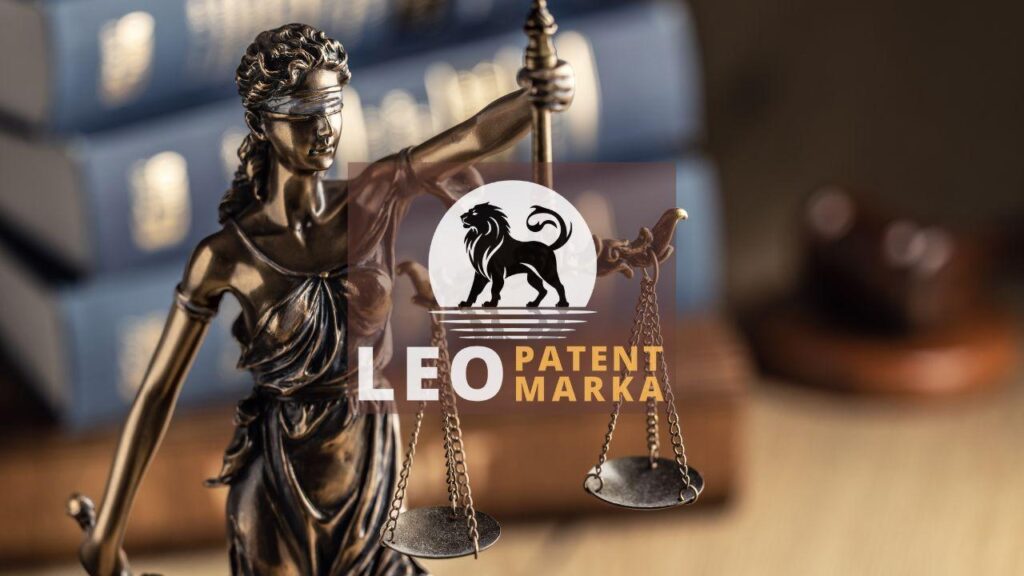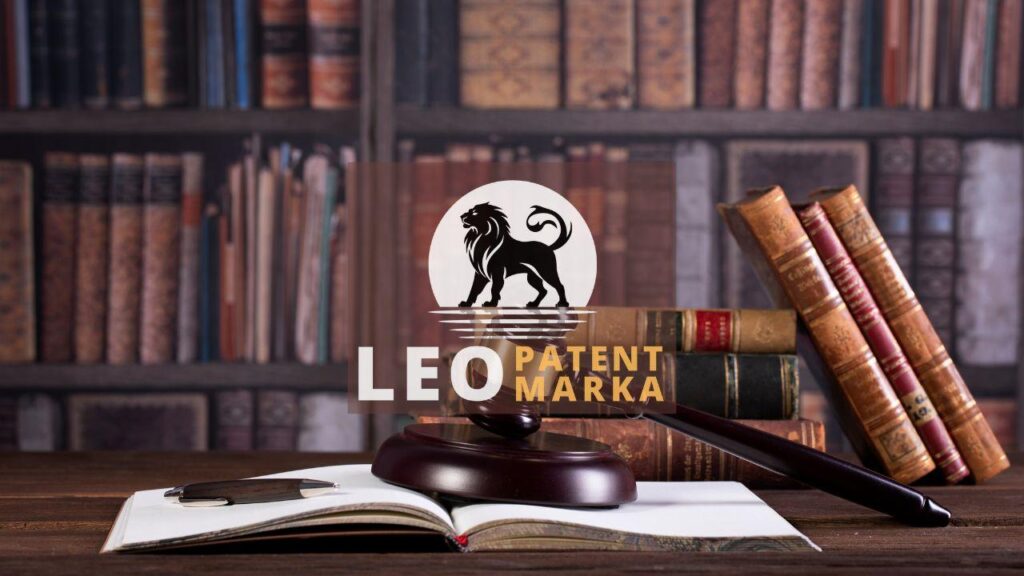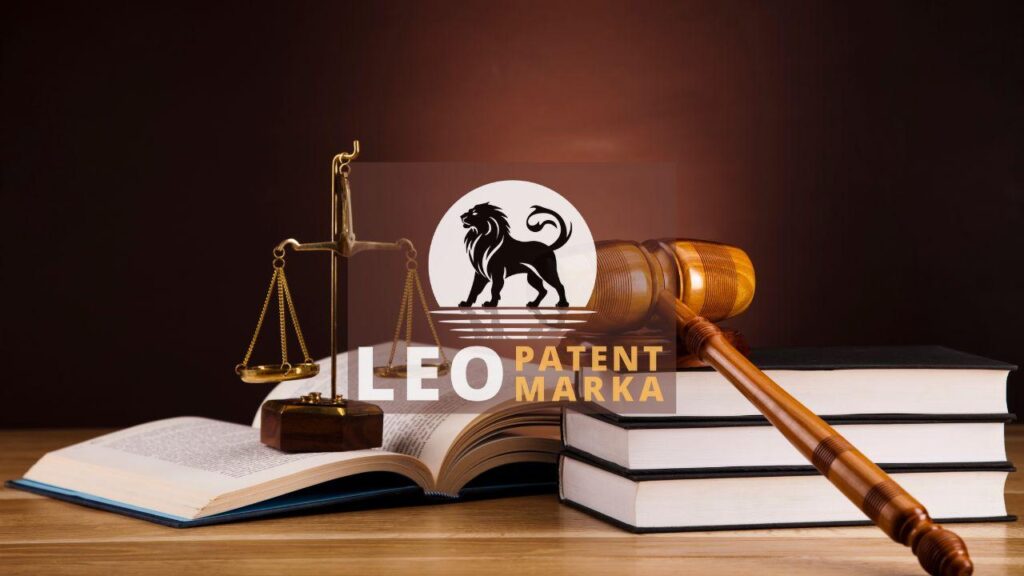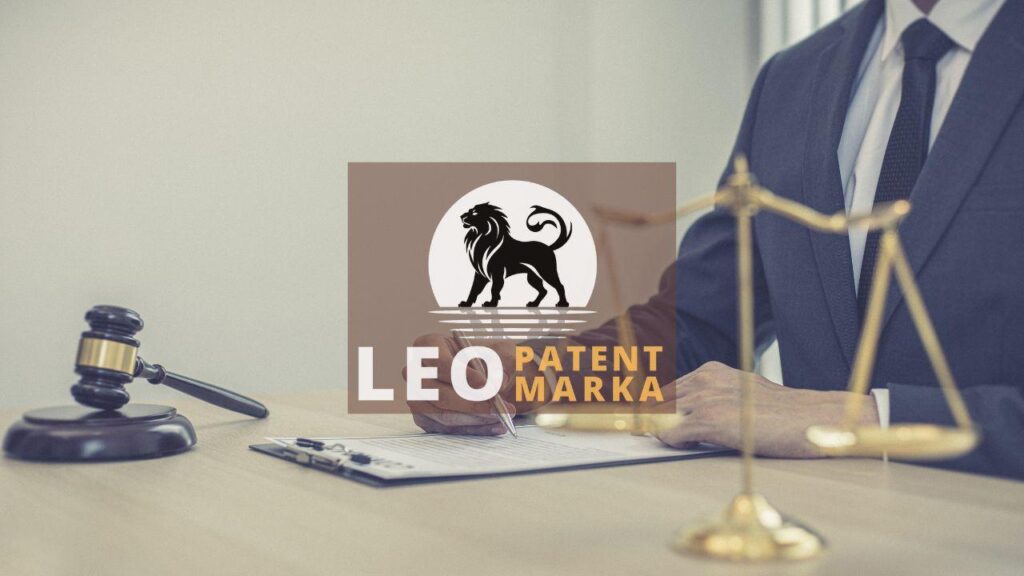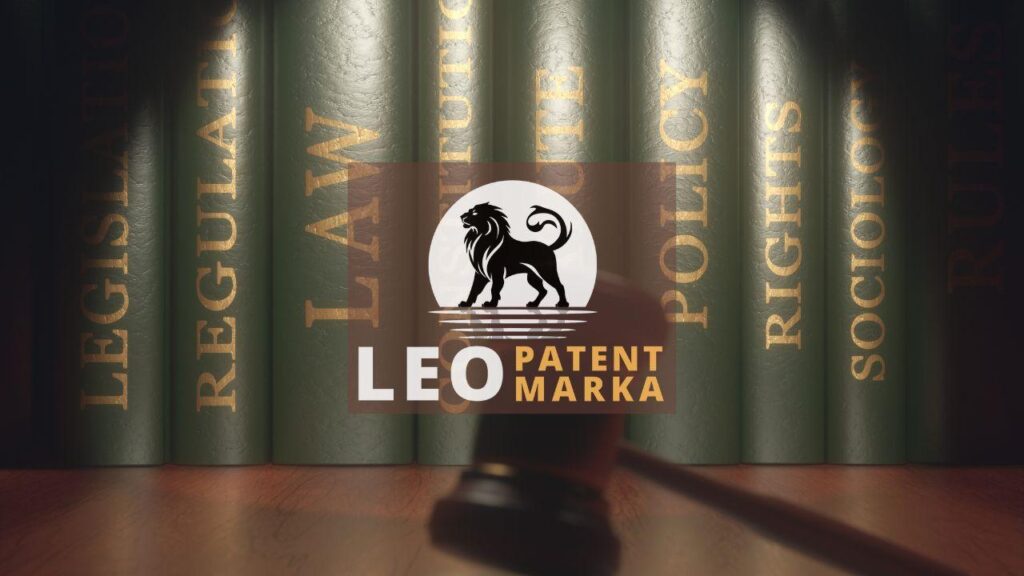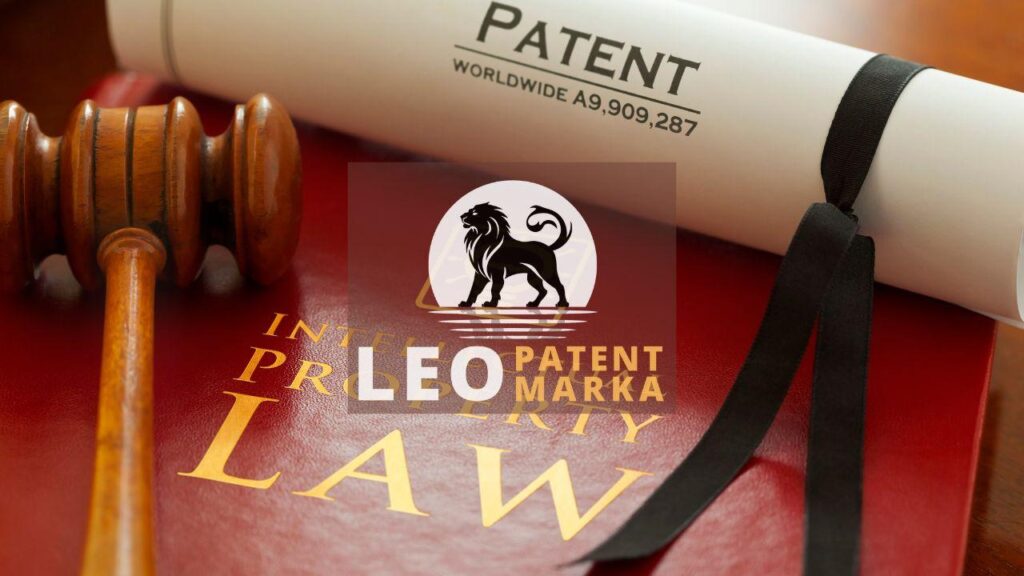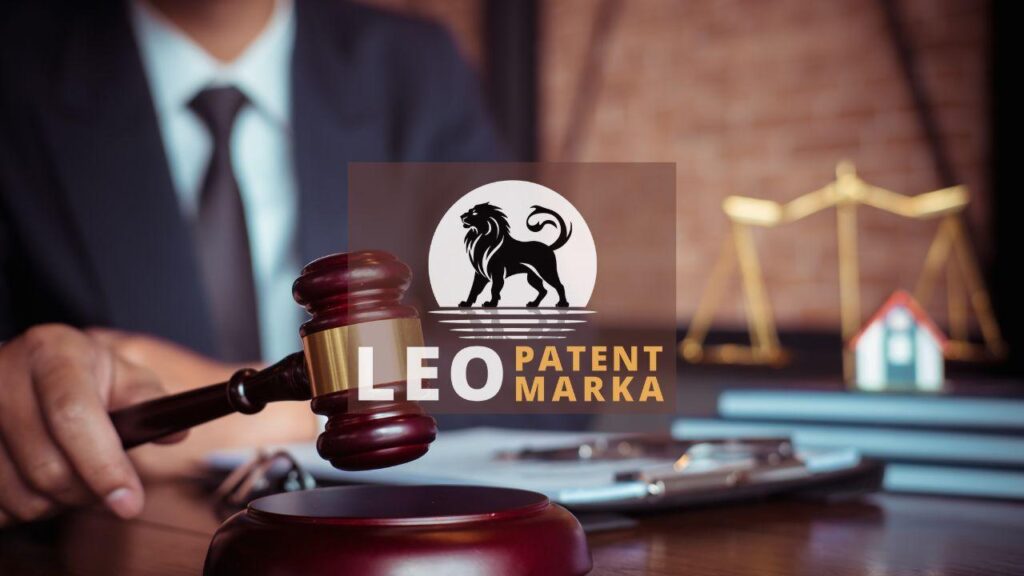Navigating the murky waters of international copyright law is no walk in the park, especially for Turkish creators trying to safeguard their intellectual property rights. With increasing digital connectivity, Turkish creators face the pressing challenge of protecting their artistic endeavors across borders. Artwork protection is not just a local issue; it stretches far beyond, demanding awareness and strategic copyright registration in Turkey. Yet, without the proper understanding, these efforts can falter, leaving creators vulnerable on the global stage. Think of it as locking your front door but leaving the windows wide open. International copyright law can be the sturdy lock that ensures your creations remain yours, everywhere. The lack of it might mean fewer opportunities to thrive and innovate. If these issues remain unchecked, the journey towards securing intellectual property rights becomes even more complex, possibly leading to unnecessary legal battles and loss of potential revenue.
Navigating Global Copyright Law: Challenges and Opportunities for Turkish Artists
International copyright law can feel like a labyrinth for Turkish creators. Imagine a vast forest where every path is riddled with twists and turns. These artists often find themselves grappling with the intricacies of how their intellectual property rights are perceived and protected abroad. It’s not just about safeguarding a painting or a song; it’s about ensuring artwork protection without sacrificing creativity. The challenges can be overwhelming. From differing copyright registration processes between countries to understanding unauthorized use, creators must be vigilant. Yet, these hurdles also bring opportunities. By mastering these laws, Turkish artists can expand their reach and influence globally. It’s crucial to demystify the daunting process of copyright registration in Turkey. With diligence and an international outlook, creators can transform stumbling blocks into stepping stones, ensuring their work maintains its unique essence and value on the worldwide stage.
Facing international copyright law can be daunting for Turkish artists. Picture it as navigating through a dense fog without a compass. The challenge begins with understanding diverse legal landscapes, each with its unique complexities. Turkish creators might feel lost amid varying copyright registration rules and enforcement mechanisms. Some countries may seem like fortresses, hard to breach with standard tools. However, this complexity brings unique opportunities. By deciphering these laws, creators can gain global visibility and bolster their intellectual property rights. Educating oneself on copyright registration in Turkey becomes the first crucial step. Once that’s secure, begin exploring protection strategies in other regions. This effort transforms potential pitfalls into platforms for advancement. Artwork protection seeps into every corner of the creative process, ensuring that Turkish talent stays both inspired and safeguarded globally. By embracing these challenges, artists can carve new paths in the international arena.
For Turkish artists, conquering international copyright law can be akin to learning a complex dance where every step holds significance. The digital age has erased borders, intensifying the need for robust intellectual property rights. Here, copyright registration Turkey plays a pivotal role, but it’s merely the overture. As Turkish creators venture abroad, they encounter a mosaic of legal standards, each as varied as a painter’s palette. This stage is set with both hurdles and prospects. On one hand, artwork protection requires constant vigilance; on the other, it offers the chance to weave Turkish culture into the global fabric. By refining their strategies and understanding these international nuances, artists can not only shield their creations but also amplify their voice worldwide. This dance of law and art, intricate yet rewarding, beckons those unafraid to embrace and master it.
Protecting Intellectual Property: Key Strategies for Turkish Creators
For Turkish creators, safeguarding intellectual property rights is akin to setting a fortress around their creativity. International copyright law serves as a defensive tool, one that can be employed to ensure artwork protection as it crosses borders. Crafting a solid strategy requires awareness and diligence. First, creators should conduct thorough copyright registration in Turkey, which lays the groundwork for further international safeguards. Then, delving into each country’s unique requirements and processes becomes essential. Consider it a chess game—each move protects a piece of their creative chessboard. Creative works must be armored with legal filings, not only securing the rights in Turkey but preventing unauthorized use abroad. For Turkish creators, understanding these legal nuances guarantees their artistic expressions thrive globally without being compromised.
When it comes to protecting intellectual property, Turkish creators have a few tricks up their sleeves. Awareness is critical. Knowledge of international copyright law empowers creators, turning them into vigilant guardians of their creations. They should start by conducting copyright registration in Turkey, which acts as a shield for their artwork protection. It’s like playing an international tennis match—you can’t just rely on a strong serve; you need a strategy for every return ball. After registering, the next step involves grasping complex international laws. Tailoring these strategies is not merely a matter of protection but a way to assert intellectual property rights. Turkey’s creators must adopt a proactive approach, one that anticipates challenges before they strike. Doing so not only paves the way for smoother operations abroad but also ensures that their creative spirit isn’t stifled by unnecessary legal hurdles.
Crafting a meticulous plan for artwork protection under international copyright law is paramount for Turkish creators. Firstly, they should focus on securing their intellectual property rights through copyright registration in Turkey. This foundation offers a firm step toward broader international safeguards. Next, building relationships with legal experts in international copyright is crucial. Their expertise can guide creators through the labyrinth of varied global requirements. Think of these experts as navigators—without them, creators might find themselves lost at sea. Moreover, staying informed about ongoing legal updates ensures Turkish creators don’t miss crucial changes that could affect their rights. Embrace a dynamic defense strategy, one that evolves with the ever-shifting landscape of international copyright law. By doing so, these creators not only guard their work but also foster an environment where creativity flourishes in every corner of the globe.
Understanding International Treaties: A Guide for Turkish Copyright Holders
Understanding the labyrinth of international treaties is crucial for Turkish creators aiming to shield their work under the vast umbrella of international copyright law. With the Berne Convention and other pivotal agreements shaping the landscape, knowing how these treaties integrate with national laws is essential. These treaties act as your global passport, ensuring your artwork is protected beyond Turkish borders. A misplaced brushstroke in understanding these laws could turn into a costly misstep, delaying your path to success. Turkish creators must familiarize themselves with the intricate relationship between these treaties and their own copyright registration in Turkey. Think of this as the roadmap for global artwork protection, equipping you with the necessary tools to defend your intellectual property rights wherever your creations may travel. Your creative journey shouldn’t be shackled by uncertainty; rather, it should be fueled by solid legal grounding and strategic foresight.
In the complex maze of international copyright law, treaties like the World Intellectual Property Organization (WIPO) stand as critical allies for Turkish creators. These agreements provide a safety net, extending the reach of Turkish intellectual property rights into foreign terrains. Picture them as seasoned guides who help you navigate the winding paths of legal frameworks essential for copyright registration in Turkey and beyond. With these treaties at your side, your artwork protection is given a robust layer of security, making sure your creations are safeguarded against unauthorized use worldwide. However, understanding how these treaties function is akin to mastering a new language. It demands patience and a willingness to dive into the depths of legal jargon. But fear not; once you unlock their secrets, you hold a key that opens doors to global recognition. Embrace this journey, for at its end lies the reward of unyielding ownership over your creative works.
International copyright law may seem daunting at first glance, but for Turkish creators, it’s vital to grapple with its nuances to better protect intellectual property rights. The intricacies of these legal frameworks shouldn’t be deciphered in isolation, but rather, with the proper guidance and resources tailored to turkey’s unique context. Turkish copyright holders can tap into tools and workshops offered by international organizations like WIPO to build their understanding. These educational resources act as compasses, steering creators through the expansive sea of international treaties. Committing to this learning curve can turn potential pitfalls into stepping stones. With clear knowledge of copyright registration in Turkey and how it correlates with global treaties, creators can craft a robust strategy to safeguard their artwork. Knowledge here isn’t just power—it’s a shield that ensures Turkish creators’ innovative spark is forever protected and never dimmed by unfamiliar territories.
Disclaimer: This article is for general information purposes only and it is recommended that you consult experts and companies in that field to evaluate your specific situation. We are not responsible for any damage that may arise from the use of the information in this article.

